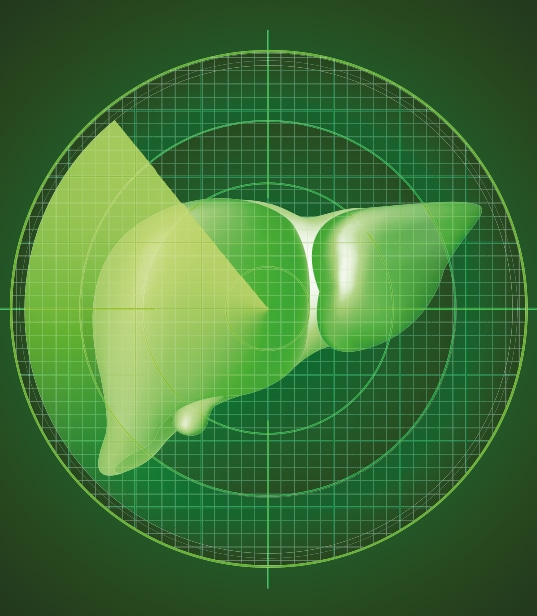Liver
Transporter Assessment
How we will help reduce drug side effects that harm the liver
- Before new drugs are marketed, regulatory authorities must be satisfied that the benefits from the drug outweight any harms that might occur
- The characterisation and amelioration of potential harms is called drug safety assessment
- The organ affected most frequently by drug side effects is the liver
- Some of these side effects can be life threatening, which causes drugs to be withdrawn from the market or limits prescribing
- The lack of tools to monitor and manage the risk of liver injury causes many promising potential drugs to be abandoned in development
- The cost of this wasted effort reduces the opportunity to develop other, safer, drugs that would lead to patient benefit
Technical background
We will validate and make available new liver imaging techniques that will help drug developers bring new, safer, drugs to market and thereby enable doctors to treat their patients more effectively.
Inhibition of hepatobiliary transporters (particularly BSEP) has been identified as a key initiating mechanism by which drugs may cause DILI. Furthermore, inhibition of hepatic uptake transporters may cause elevated drug concentrations in plasma, while inhibition of biliary efflux transporters can cause intra-hepatocyte drug accumulation; both of these proceses could result in DDIs. Noninvasive whole body imaging enables the direct investigation of hepatobiliary function in vivo, and quantification of effects of drugs on hepatobiliary transporter function.
Tasks being undertaken
- Undertake kinetic profiling of the hepatic uptake and efflux transporters that mediate hepatic uptake and biliary excretion of the contrast agent gadoxetate.
- Develop and validate physiologically based pharmacokinetic (PBPK)-based models of gadoxetate disposition, which can be used to quantify DCE-MRI data obtained in rats and humans in vivo.
- Quantify, by DCE-MRI, inhibition of gadoxetate hepatic clearance in rats in vivo of test drugs that cause DILI in humans and inhibit both BSEP and MRP2.
- Translate to human volunteers and patients.
- Seek a BSEP tracer suitable for quantitative whole body imaging studies.
Outputs of the Tristan liver imaging project
- Non-invasive liver imaging technologies which enable quantification of drugs effects on hepatobiliary transport
- Novel biomarkers that are shown to improve assessment, prediction and minimisation of human DILI and DDIs
- Specific guidance on the use of noninvasive imaging for improved assessment of DILI risk early in clinical evaluation of new drugs
- Open access publications and data as a resource for liver injury researchers
- Tests that are made commercially available after the project to drug developers and doctors everywhere










